Part of your work health and safety (WHS) duties is to identify hazards and assess and control the risks associated with traffic.
Identifying hazards with traffic management
Look around the workplace to find areas where people and vehicles interact. Security footage may also be useful, if available. Consider:
-
the floor plan and where there are overhead structures
-
whether work is close to public areas
-
when there are high volumes of traffic
-
where blind spots could be
-
if there are areas of poor visibility.
Review work tasks, design and management. Consider:
-
vehicle types and heights
-
where loading and unloading occur
-
where vehicles park, the road surface they need, and where they enter and exit.
Ask workers, drivers and pedestrians about any traffic management problems they have encountered at your workplace.
Review incident and injury records, including near misses.
Control measures for traffic management risks
As a PCBU, when implementing controls, the first thing that should be considered is whether a traffic hazard can be eliminated, for example through the removal of powered mobile plant and other vehicles from the workplace.
Substitution, isolation and engineering controls should then be considered. For example:
substitute the hazard for something safer. For example, swap trucks and forklifts with other load shifting equipment such as a walker stacker
isolate the risk from workers including by isolating pedestrians from vehicles by using overhead walkways, and
engineering controls, such as fitting vehicles with devices such as reversing sensors and reversing cameras.
If a risk still remains, administrative control measures should be implemented.
Administrative control measures include processes such as training, instruction and supervision.
Traffic management plans
A traffic management plan outlines how you will manage traffic risks.
A traffic management plan may include:
-
the flow of pedestrian and vehicle movements
-
how often you expect vehicles and pedestrians to interact
-
the layout of barriers, walkways and signs
-
how you will manage short term, mobile work and complex traffic situations.
